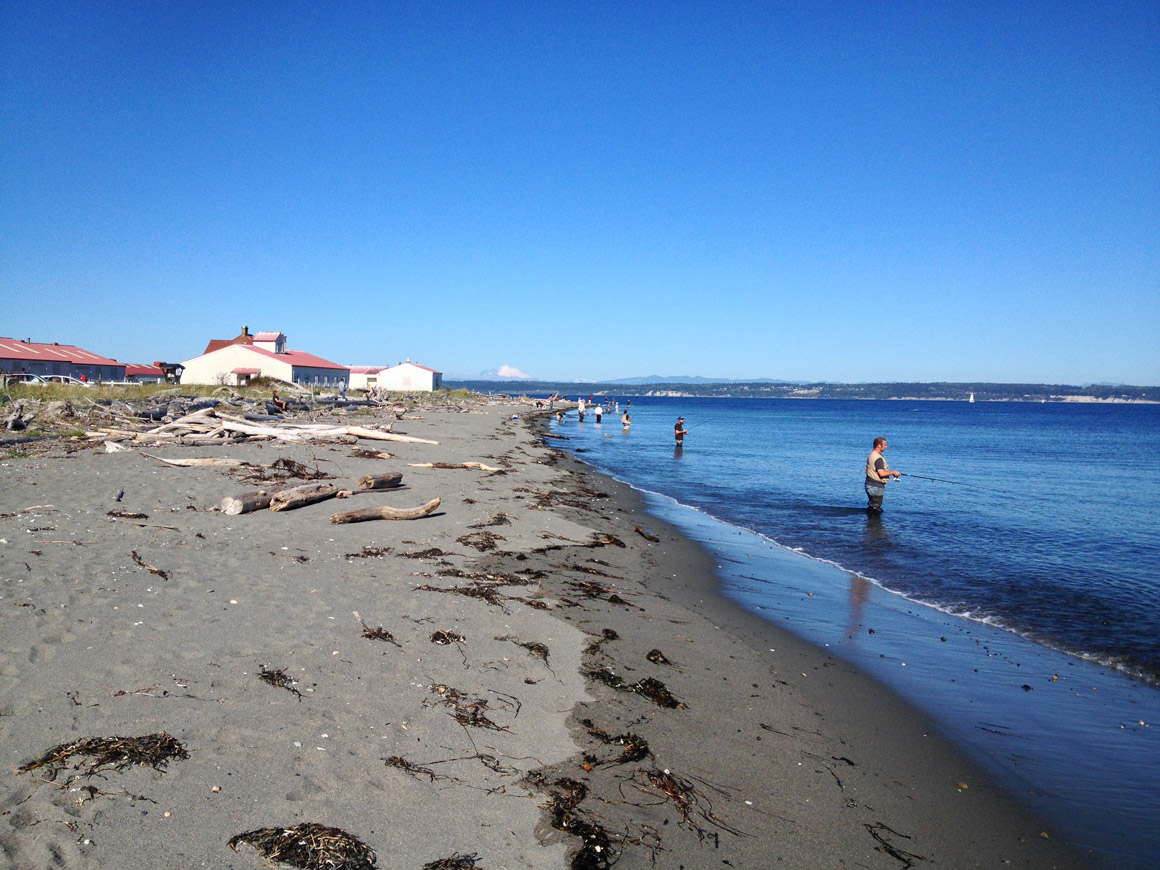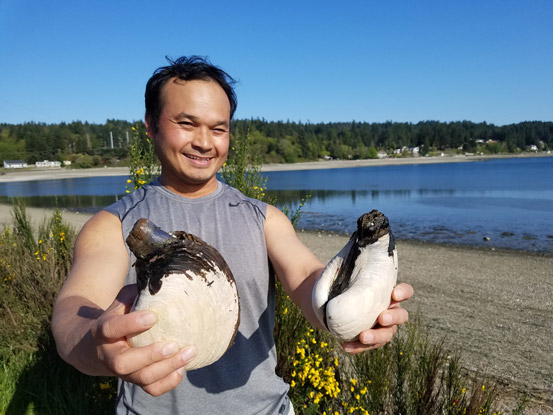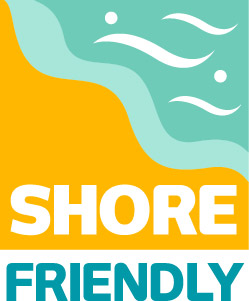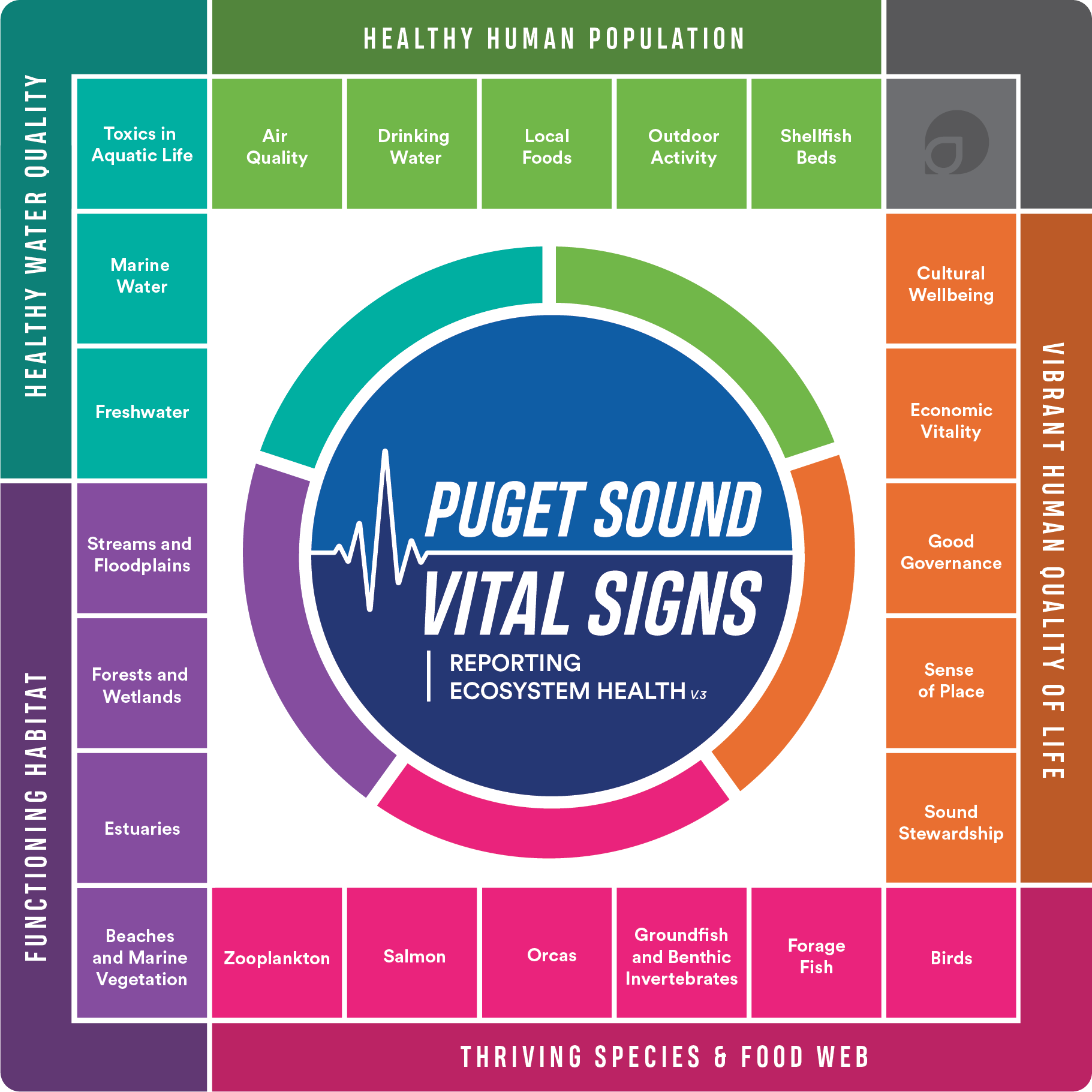The shores of Puget Sound are an integral part of life in the region. These shores provide important habitat for a diversity of marine and terrestrial life. They are at the heart of early industry and development, the backdrop for major cities, the location of many transportation corridors, and where people make their homes, recreate, and explore nature. And from time immemorial to today Puget Sound shores have been integral to Native Americans’ lives and cultural practices.
Salmon and other fish need places to rest and hide as well as insects and plant life to eat. Natural and soft armoring supports healthy habitats for marine life.
Special Announcement: The Habitat Strategic Initiative Lead (HSIL) has announced the schedule for three new RFPs to accelerate the Shoreline Armoring Implementation Strategy outcomes for 2024. Investments will be focused on sea-level-rise planning, armor alternatives, and crosscutting capacity and workforce development. Click here to learn more.
Why are Shorelines Important?

Natural beaches provide the habitat necessary to sustain a diverse and resilient marine food web - including the invertebrate prey for salmonids and spawning habitat for forage fish important for orcas. A functioning nearshore also provides beaches for recreation and protection of properties by allowing for the natural replenishment of beach material. Photo Credit: Ryan Lothrop
The Shoreline Armoring Implementation Strategy’s goal is to support natural shoreline processes through the reduction of the impact of shoreline armor. Natural shoreline processes include wind and waves causing a cyclical replenishing of beaches, helped along by rainwater that flows over the surface and into the ground and by seasonal freezing and thawing.
What is Shoreline Armor?
“Shoreline Armoring” is the practice of using physical structures to protect shorelines from coastal erosion. Examples include seawalls, breakwaters, and riprap.
Key Strategies
Improve and expand incentives and education for residential property owners to support their efforts to remove shoreline armor or protect unmodified shorelines. This approach builds upon the substantial progress made to develop incentive and education programs for property owners in the Puget Sound region. This includes the long-term goal of sustained program resources, like dedicated funding to the Shore Friendly program, to motivate voluntary actions for healthy shorelines.
Increase and improve regulatory implementation, effectiveness, enforcement and communication to increase protection and improve opportunities for the restoration of shoreline processes and habitat. This approach identifies effective implementation, compliance monitoring and enforcement improvements within and across regulatory agencies in Puget Sound. These efforts will reduce new (and especially illegal) armor, reduce the impact of repairs and replacements, and encourage armor removal.
Increase and improve coastal processes-based design and technical training to improve the development and effectiveness of shoreline projects. This approach will lead to improved technical capacity including access to designs, guidance, and training to implement environmentally protective shoreline projects.
Improve long-term strategic planning to support and connect regional and local partners to integrate restoration, protection, transportation, and infrastructure improvement. This approach describes the planning efforts, research questions, and monitoring that should be in place today to effectively reduce shoreline armor impacts in the future.
What Can You Do?
Are you a shoreline homeowner?
Learn about Puget Sound Shorelines
Connect with Your Local Shore Friendly Program
Is your organization interested in soft shore techniques?
Provide ongoing training and technical support for regulatory staff. There are many opportunities – including this Coastal Training Program. Join the Shoreline and Coastal Planners Group – and educational group of coastal planners working for federal, state, local and tribal governments, non-profits, conservation districts and private consultants



